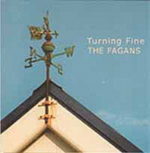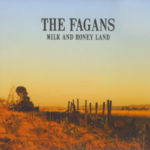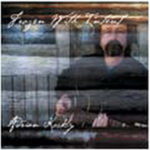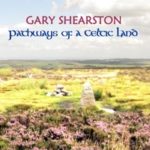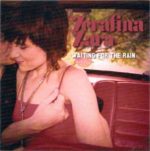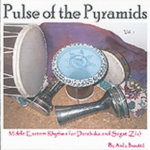Description
Maragaret & Bob Fagan – Landmarks on the Journey
Margaret and Bob Fagan hail from the Blue Mountains and began their musical journey together in Canberra in the late 1960s. They are firm favourites at major festivals around Australia, both as a duo and as members of The Fagans.
Their strong blend of politically-edged traditional and contemporary songs combined with lyrical ballads and great choruses is guaranteed to lift your spirits.
Through a repertoire rooted firmly in the folk tradition, Margaret’s pure voice and Bob’s superb guitar playing ensure their popularity here and overseas.
This year they are celebrating fifty years of making music together with a new CD, Landmarks on the Journey.
CD review by Tony Smith
After 50 years performing together, Margaret and Bob Fagan have produced 13 significant songs from their vast repertoire.
Only they can appreciate the relative importance of the various tracks in their lives, but these songs represent an impressive array and variety.
Together, they provide a retrospective portrait of these stalwarts of the Australian folk scene.
The album is artistically and technically of excellent quality.
Among those thanked by the Fagans are sound recordist Andy Busuttil and producer Llew Kiek, designer Tim Rogers and fiddle player Lindsay Martin, all people atop their fields.
Although Margaret and Bob arranged all the songs, they acknowledge the assistance and advice of Tom Bridges and Peggy Seeger, as well as numerous personal supporters.
There is also instrumental support and harmonies from family members Kate and James and Nancy Kerr.
Among the tracks is Kate’s song about four generations of women ‘The Garden’, and Nancy’s ‘Dolorite Skies’.
Other Australian songs include Henry Lawson’s ‘Reedy River’ set by Chris Kempster and Graham Seal’s ‘The Country Knows the Rest’, concerning a tragedy during a miners’ strike in the Hunter Valley.
There is also strong representation of Irish music with W.B. Yeats’ ‘Song of the Wandering Aengus’ and nowhere is the continuing strength of Margaret’s voice demonstrated more clearly than in ‘A Stor Mo Chroi’.
She is also very strong in the lower register on ‘The Ballad of Accounting’ and ‘The Garden’ and her concertina work is never overdone.
The CD sleeve has comprehensive notes about the provenance of each song, but importantly in the context of this album, about why each song means so much to the Fagans.
The jacket has an appropriate design with a clear suggestion of rail travel.
In one picture, they are approaching the camera and then a later shot shows their backs as they wander along the rails.
The concluding ‘track’, ‘New Years Eve’, also implies that the Fagans’ journey goes on and their many fans will look forward to this partnership continuing for many years more.
Among the songwriters acknowledged as major influences are, Ewan McColl (‘Ballad of Accounting’), Pete Seeger (setting of Idris Davies’ ‘Bells of Rhymney’) and Leon Rosselson (‘We Sell Everything’), all giants of the folk movements in the English speaking world since 1960.
Seeger particularly helped stimulate the Fagans’ interest in issues of social justice and encouraged them to sing about politics and power.
Bob covers songs about greed and economics as mandolin and concertina weave gently around his robust voice.
These tracks do include a song or two included for sentimental reasons.
The Fagans obviously have a soft spot for the ‘Bells of Rhymney’, which has been with them on the journey since Bob sang it to Margaret during their courtship.
If you have ever experienced a great concert, it is most likely because the separation between performers and audience has disappeared and a unity has emerged.
This closeness is not easily achieved on a CD, but a good one like Landmarks Along the Journey almost takes you to the concert venue and certainly makes you want to see these songs performed live. It is essential listening for folkies who enjoy quality singing of meaningful songs.

